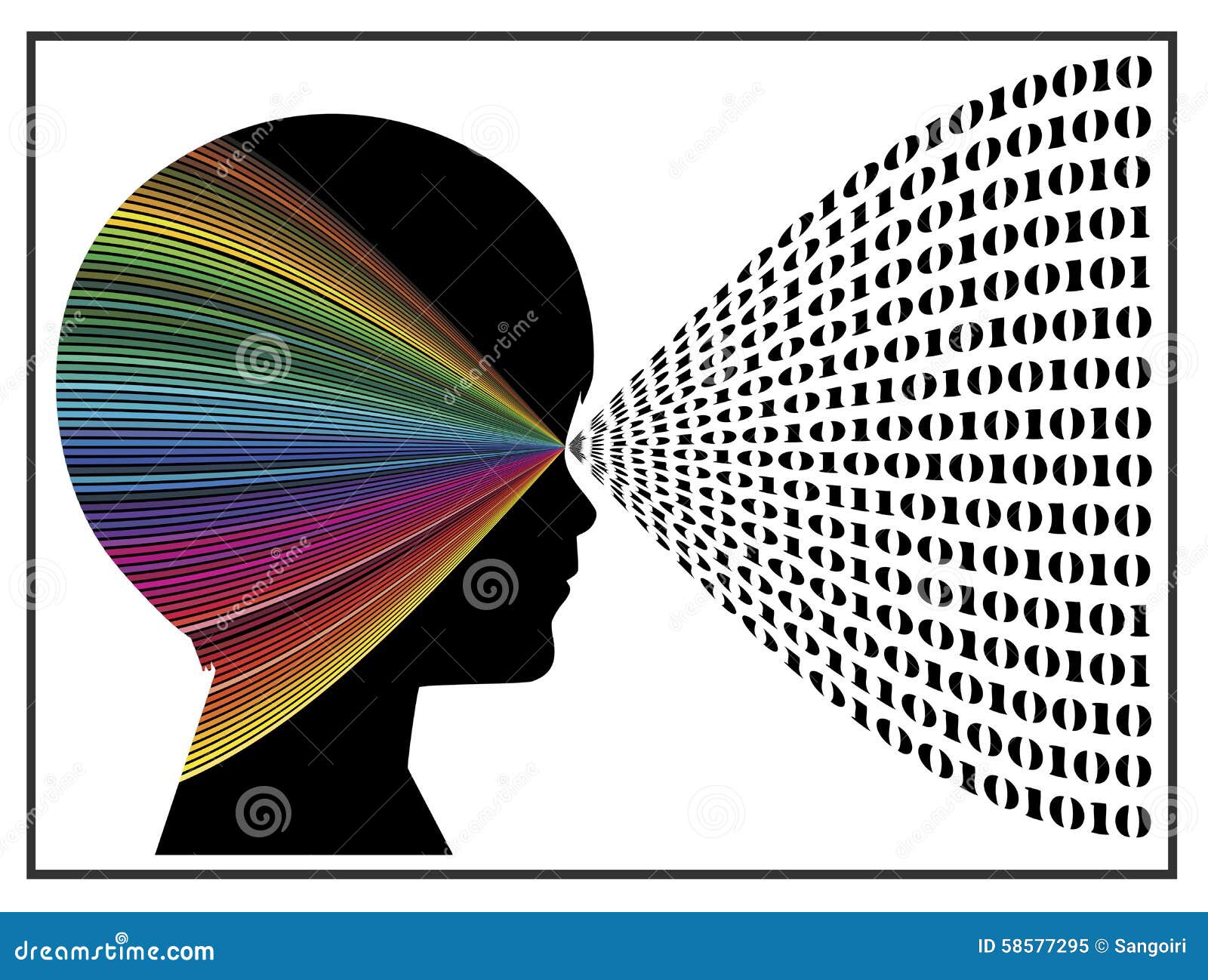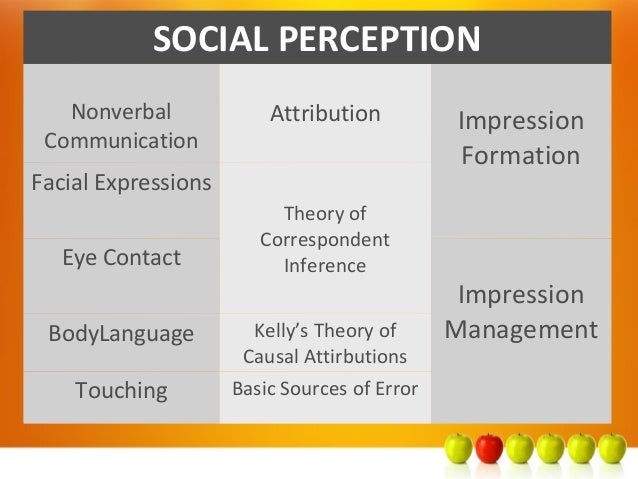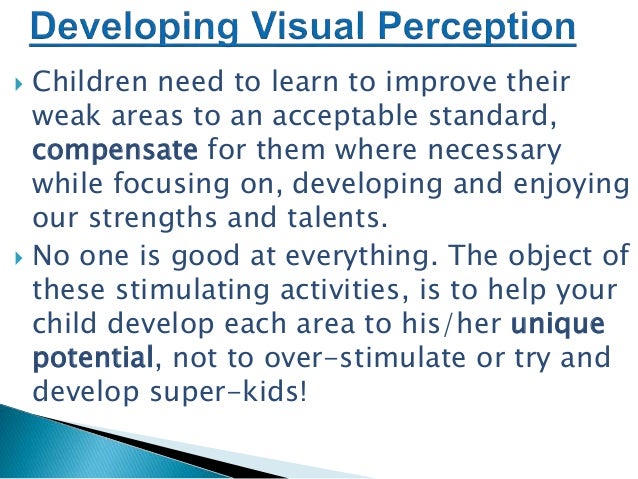

Beery VMI - Beery-Buktenica developmental test of visual-motor integration measures the ability to integrate motor and visual abilities, visual perception and motor co-ordination.The main visual perception assessments we use are: The specific assessments used will be chosen according to the individual and their needs. This Ask the Expert is an edited excerpt from the course, Foundational Skills and Activities for Handwriting, by Dena Bishop, OTR/L.Which perceptual and visual assessments do we use? You can start with various simple shapes, just copying, and then interlock shapes together on paper and have them copy that as well. Some examples of activities to encourage visual perceptual include: Hidden picture activities are useful for children to work on their visual figure ground skills (e.g., Highlights books or Where's Waldo books). The adult equivalent of using visual figure ground skills would be when we are rummaging through our junk drawer to find something we need. Visual figure ground is being able to filter out all the other crayons to look for that blue crayon. For example, ask a child to find the blue crayon in their pencil box. This is the ability to perceive a form and find it hidden in a conglomerated ground of matter. For writing, a child with visual closure deficits will not be able to know if a word is complete. With spelling, a child with visual closure deficits won't know the ends of the word or the middle of the word. This also will cause a problem with writing and spelling. A good example of this is working on puzzles being able to put a picture together in your mind and piece it together correctly. Visual closure is the ability to fill in the missing details into an incomplete shape.

A child who has problems with visual memory will have difficulty remembering facts about the picture. Think about showing a photograph to someone, and then taking it away and asking them questions about it. Reading comprehension is going to be affected when visual memory is deficient. Visual memory is the ability to store visual details in short-term memory, such as recalling a phone number. This is a little different than visual sequential memory. Again, this is going to be a reason why some children will have trouble recognizing letters and numbers (e.g., recognizing that 6 and 9 are two different numbers). Form Constancyįorm constancy is the ability to see a form and find it among other forms, although it is sized differently or rotated. If they're not able to discriminate the differences between or the similarities between objects or pictures, they're going to have a difficult time differentiating between n and m, b and d, and p and q. This includes skills like being able to identify money and sort coins or other objects. Visual discrimination is the ability to differentiate between objects and forms. They're not seeing it as a whole word that they can write, but just each individual letter. Or, when a child is copying sentences, they're copying one letter at a time. Sometimes, even with older elementary children, when they're copying sentences off the board, they will skip words. If your child is having a hard time sequencing the alphabet, or copying from one place to another, this may be a problem with sequential memory.
#Visual perception definition psychology series
Sequential memory is the ability to remember a series of forms and find it among other forms. They also have difficulty differentiating between in and out, over and under, and left and right, because those are spatial skills concepts. They don't understand that just because it's rotated, it's a different letter. This is why some of our children have such a hard time recognizing b and d or p and q. Visual spatial relations is the ability to determine one form or part of a form that is turned in a different direction than the others. We will review each of these categories, as well as some visual perceptual activities that are helpful for children. There are seven different categories of visual perceptual skills. It is important for everyday activities such as dressing, eating, writing, and playing.

Visual perceptual skills are the brain's ability to make sense of what the eyes see. Question What are visual perceptual skills? Answer


 0 kommentar(er)
0 kommentar(er)
